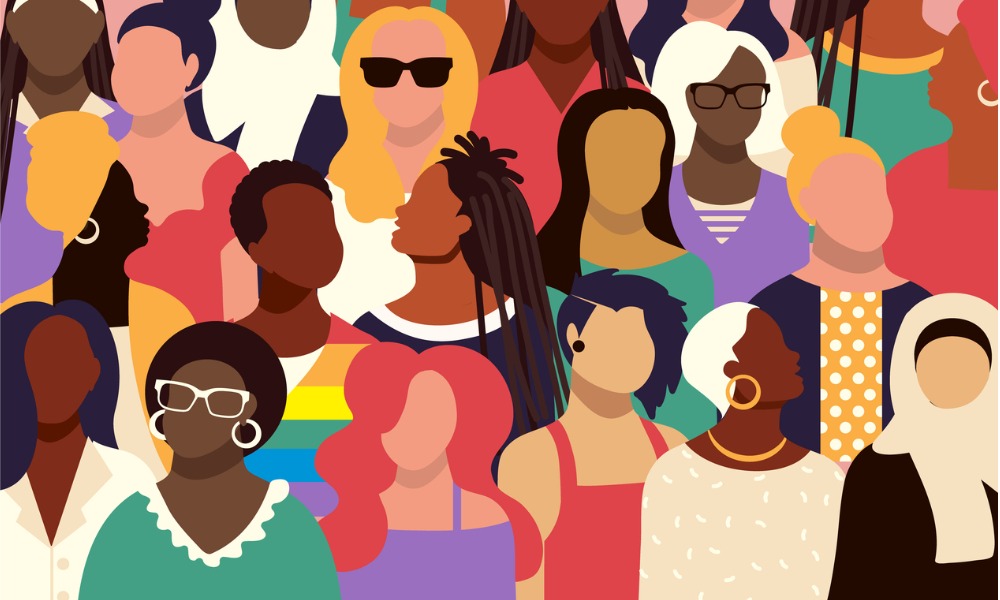Lawyers explain employer obligations around policies, 'trauma-informed' approach to investigations

Wednesday, February 28 is Pink Shirt Day in Canada, an annual event meant to raise awareness about bullying in schools, workplaces, at home and online.




